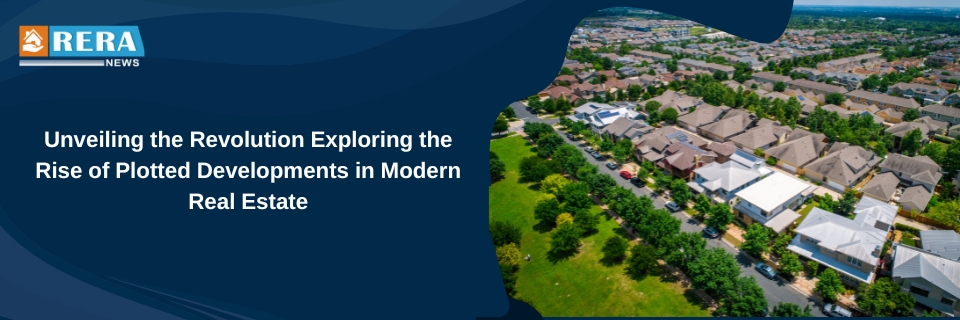
The real estate industry is witnessing a significant transformation with the growing prominence of plotted developments, shaking up conventional approaches and offering new opportunities for investors and developers alike. This trend is particularly notable in smaller markets, where strategic land use and infrastructure planning are driving rapid economic growth. Over recent years, demand for plotted developments has surged, especially in regions surrounding Mumbai. As the real estate investment landscape evolves, one truth remains clear: those who invest in land early are poised for the highest returns.
Land, being a tangible and versatile asset, provides stability and security to investment portfolios. Its scarcity and consistent demand make it a reliable choice, particularly for long-term investors. With relatively low upfront costs compared to fully constructed homes, plots offer flexibility, low maintenance, and quicker possession, allowing buyers to start construction sooner.
In India, land investment has long been favored for its potential to generate substantial returns. For instance, Talegaon experienced a staggering 2000% increase in land value over 19 years, Khandala saw a 1000% rise in 15 years, and Alibaug posted an 800% surge in just a decade. These examples highlight the appeal of long-term growth and stability in land investments.
Untapped Land Potential: Emerging real estate markets present vast expanses of undeveloped land, offering a blank canvas for transformation. Plotted developments capitalize on this potential, allowing investors to acquire and subdivide large plots, engage in land banking, or benefit from upcoming developments. This trend is proving especially lucrative as urbanization fuels demand for new residential spaces.
Growing Desire for Plots: The preference for plotted developments over modern apartments is growing, particularly in urbanizing regions like Mumbai. The flexibility to build custom homes, enjoy additional amenities, and live in peaceful, well-planned communities is appealing to a rising number of buyers. Areas such as Kasara, Bhiwandi, and Panvel are seeing unprecedented demand for plotted developments, supported by an increase in new communities featuring parks and public transportation. According to industry sources, these investments have delivered returns ranging from 13% to 21% annually over the past three years.
Infrastructure Development: Mumbai’s real estate sector is experiencing a synergy between plotted developments and a booming infrastructure. Upcoming projects such as the Metro lines, the Coastal Road Project, and the Navi Mumbai International Airport are enhancing accessibility and driving property values. Developers are aligning their projects with these infrastructure improvements, ensuring shorter commutes, higher property appreciation, and a better quality of life for residents.
Diversification for Investors: Plotted developments offer a unique alternative to traditional real estate investments. They provide security, flexibility, and the potential for strong returns. Investors must carefully consider factors such as budget, connectivity, and market trends when making decisions. In a world filled with real estate options, plotted developments stand out as a reliable and growth-oriented investment.
Rising Land Prices: The continuous appreciation of land values, particularly in regions like Talegaon, Khandala, and Alibaug, underscores the appeal of plotted developments. While these regions have experienced significant growth, emerging areas within the Mumbai Metropolitan Region (MMR) such as Karjat, Kasara, and Pali-Khopoli offer affordable yet promising opportunities for investors.
Regulatory Hurdles: Plotted developments in emerging markets often face regulatory challenges, including zoning restrictions and compliance issues. Developers must navigate these complexities to ensure the success of their projects, requiring a deep understanding of local regulations and policies.
Infrastructure Financing: Financing the development of essential infrastructure, such as roads and utilities, is a critical component of plotted developments. Successful projects require collaboration between developers and local governments to secure funding and ensure that these developments contribute to the broader infrastructure growth.
Market Volatility: Economic fluctuations and political uncertainties can introduce risks into the plotted development sector. Thorough risk assessments and strategic planning are essential to navigating these challenges, helping developers and investors remain resilient and adaptable in changing market conditions.
Plotted developments are reshaping the housing market, offering unparalleled freedom, flexibility, and potential for long-term value creation. While challenges remain, the growing demand for customizable living spaces positions plotted developments as a compelling option for both developers and buyers. As the housing landscape continues to evolve, plotted developments are set to play a crucial role in the future of real estate, delivering personalized living experiences and promising returns for savvy investors.
© 2023 Rera News. All rights reserved.